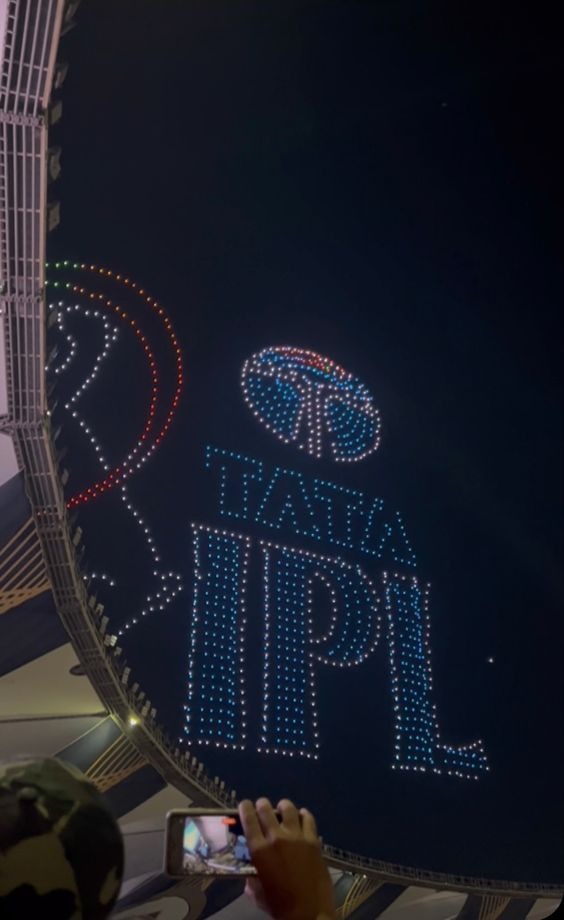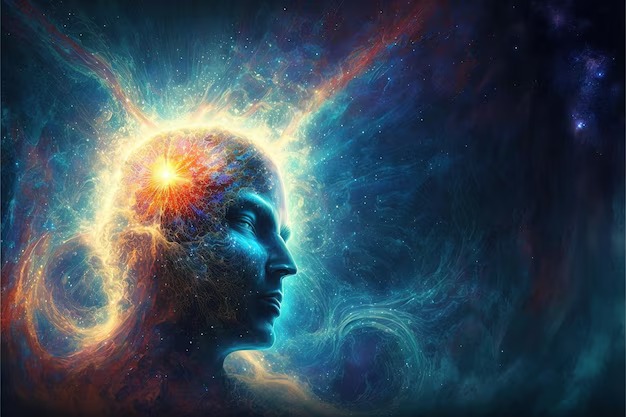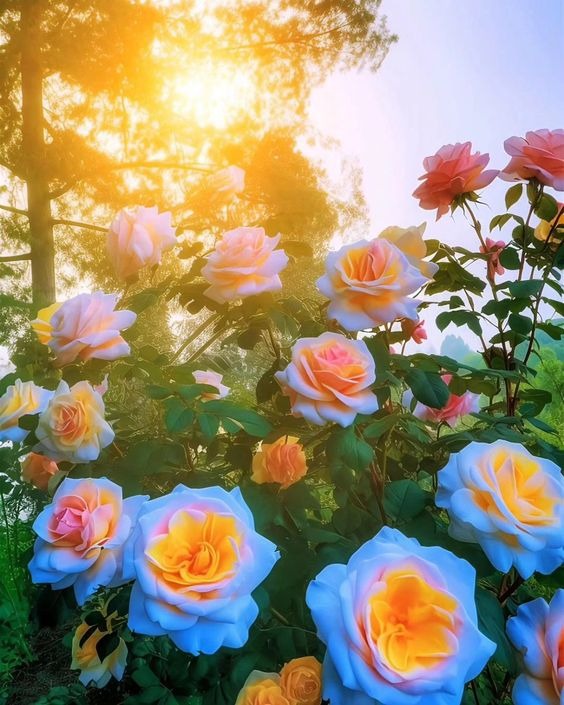JUNE EDITION
IPL
The juggernaut known as the Indian Premier League culminated with the Kolkata Knight Riders lifting the trophy for the third time. They were led by Shreyas Iyer, with an exceptional, star-studded backend team comprising Abhishek Nayar, Bharat Arun, Gautam Gambhir, Chandrakant Pandit, and many more. The season began with controversy surrounding the Hardik Pandya trade, which was widely discussed across the nation. As the tournament progressed, he received mixed reactions, facing both criticism and support.
This was the second season with the impact player rule, which continues to be highly debated. Some believe it has diminished the role of all-rounders in the game, while others feel it has provided more Indian players the opportunity to showcase their talents on a global stage.
The league started with much buzz and lived up to its hype, growing even bigger this season. Scores of 200+ became a common occurrence, with record-breaking high scores being set regularly. The runners-up Sunrisers Hyderabad introduced a new template to T20 cricket with their opening combination of Abhishek Sharma and Travis Head, setting the record for the highest IPL total at 287 against the Royal Challengers Bangalore. The Punjab Kings achieved the highest successful T20 chase of the season, scoring 262. This IPL season was a run feast, and we witnessed the highest aggregate in a T20 match, totaling 549 runs. Fans humorously noted that it would take four sessions to score this in a Test match, highlighting the challenge for bowlers in this batsman-friendly season.
Each team had its own unique story this season. For the first time, Chennai Super Kings played a full season without MS Dhoni leading them. Instead, the young Ruturaj Gaikwad took the helm, but they failed to qualify for the playoffs for only the third time in their history, that too due to Net Run Rate. In contrast, Royal Challengers Bangalore made a remarkable comeback after losing seven of their first eight games, ultimately qualifying for the playoffs, thanks toVirat Kohli’s stellar performance, earning him the Orange Cap.
On the other hand, Rajasthan Royals started brilliantly, largely due to the young talent Riyan Parag, but they couldn’t maintain their form and finished third. Both Lucknow Super Giants and Delhi Capitals were stuck on 14 points and narrowly missed out on qualifying due to their Net Run Rate. Gujarat Titans and Punjab Kings had forgettable seasons, despite discovering promising players like Sai Sudarshan, Shashank Singh, and Ashutosh Sharma.
This IPL season was as entertaining as ever, keeping the summer vibe alive. For two months, it became a household event, captivating people from all walks of life and of all ages. The IPL’s motto, “Where Opportunity Meets Talent,” was truly reflected this season, providing a platform for many youngsters. Players like Vibhav Arora, Harshit Rana, Abhishek Sharma, Nitesh Reddy, and Jake Fraser-McGurk made their mark and became household names.
May this league continue to grow, and may this lovely sport keep thriving.

MENTAL HEALTH
Gen Z is witnessing a pivotal shift in societal attitudes toward mental health. With increased access to information and platforms for expression, we are more vocal and informed about mental health issues than any previous generation. Although this is a great improvement there exists a paradox: while many are aware and proactive in addressing mental health concerns, others unintentionally romanticize these struggles.
With the heightened awareness, there emerges a concerning trend of glamorizing mental health issues. Some individuals, influenced by media portrayals or misconceptions, romanticize conditions like these, equating them with depth or creativity. This creates a culture in which getting professional assistance is not seen as required and self-diagnosis becomes popular.
Another serious issue within this culture is the misuse and casual discussion of terms like “depressed,” “ADHD,” and “anxiety.” Although increasing awareness is beneficial, the frequent, sometimes incorrect, use of these terms can diminish the perceived severity of these conditions. When people casually say they feel “depressed” because they’re having a bad day, or claim to have “ADHD” due to occasional distractibility, it can trivialize the experiences of those living with these diagnosed conditions. This overuse can lead to a lack of understanding and empathy, making it harder for individuals with mental health issues to be taken seriously.
Despite all these challenges, it is important to recognize our progress in normalizing discussions about mental health. We should applaud the efforts made to bring mental health to the forefront and promote a more understanding and compassionate community.

MET GALA
The air in New York City on May 6th vibrated with a unique energy. It wasn’t the usual frenetic buzz of a Monday, but something more electric, a current of anticipation that crackled down the iconic avenues. The steps of the Metropolitan Museum of Art, usually a stoic guardian of artistic treasures, transformed into a stage for a different kind of spectacle. Sleek limousines, lined up like gleaming beetles, disgorged a mesmerizing parade of celebrities and fashion icons. Forget quiet contemplation of art – tonight was about extravagance, a celebration of the outrageous and undeniably glamorous. It was Met Gala night.
Imagine a woman stepping out onto the red carpet, her gown a swirling masterpiece that could easily house a struggling family for a year. The flash of cameras and the roar of the crowd create a cacophony of wealth, a symphony composed of privilege and desire. Yet, just a few blocks away, another reality unfolds. Families huddle in cramped apartments, yearning for warmth on a cool night. Children with empty bellies struggle to find sleep, their dreams far removed from the glamorous ones paraded on the red carpet.
This stark contrast isn’t meant to diminish the artistic merit of the Met Gala. Instead, it serves as a powerful reminder of the socioeconomic tightrope walk that is New York City. The Met Gala becomes a microcosm of the city itself – a land of relentless ambition and glittering dreams, where the harsh realities of poverty can never be completely ignored.
Tonight, then, we raise a glass to this captivating duality. We marvel at the fantastical displays of the Met Gala, the outlandish costumes that push the boundaries of fashion and self-expression. We revel in the artistry, the creativity that transforms fabric into living sculptures. But we also hold space for the struggles that exist in the city’s shadows. We acknowledge the families huddled together, the children who dream of a full stomach and a safe haven.
New York is a city of contrasts, a place where the pursuit of dreams thrives alongside the harsh realities of life. It’s a city that pulsates 24/7, a sleepless giant that neverstops churning. It’s a place that captures our imagination, for better or worse, a reflection of humanity’s capacity for both extravagant beauty and heartbreaking struggle. The Met Gala becomes a window into this multifaceted heart, a reminder that even amid dazzling displays, the human story – in all its complexities – continues to unfold.

